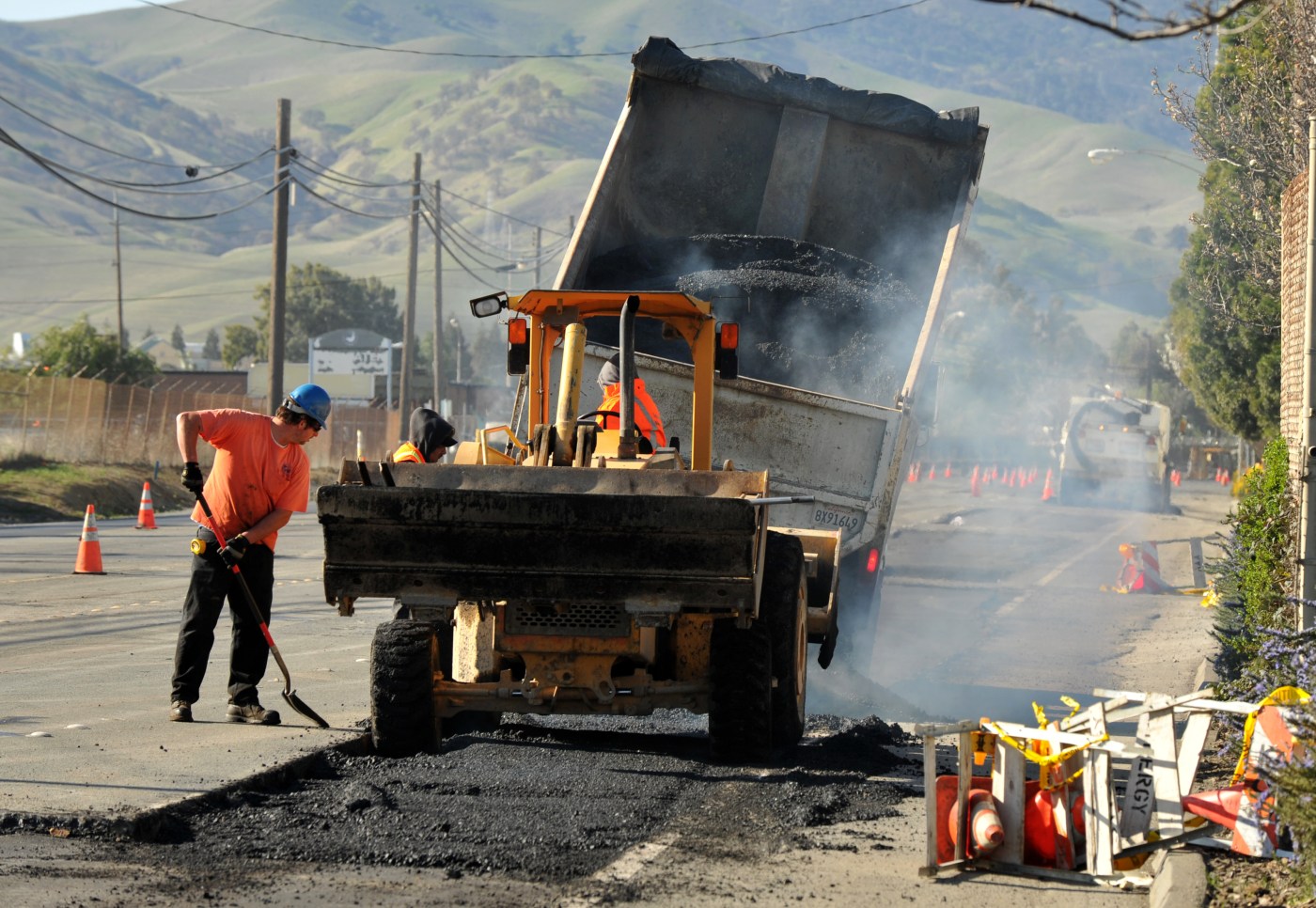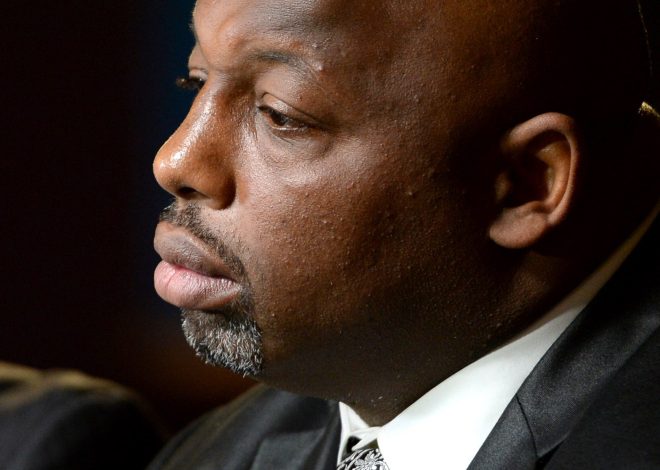
Pittsburg unveils road pavement plan, but funding remains a challenge
PITTSBURG — The city has embarked on a mission to improve its streets, but for some neighborhoods, the wait could last a decade. With limited funding and rising costs, restoring Pittsburg’s roads to top condition is a costly affair.
Public Works Director and City Engineer John Samuelson said in order for Pittsburg to do proper maintenance on all of its roads, it would cost $144 million. However, the city currently dedicates only $4 million annually to such maintenance, which is insufficient to repave all 10 pavement zones identified under the city’s Pavement Management Plan.
To improve its Pavement Condition Index, which rates road surface conditions, the city would need to spend at least $12 million each year. According to the Metropolitan Transportation Commission, Pittsburg roads scored slightly lower than its neighbors, such as Antioch, Oakley, and Brentwood.
The regional transportation agency that oversees nine counties in the Bay Area considers a Pavement Condition Index score of 90 or higher to be “excellent,” with roads that show little to no distress.
Pittsburg roads scored a 60, which is deemed “fair.” A fair rating identifies roads that are becoming worn to the point where rehabilitation may be needed to prevent rapid deterioration.
Under its Pavement Management Plan, Pittsburg has taken a systematic approach to maintaining its streets by dividing them into zones. Each zone is estimated to take up to two years to complete. The city hopes to pave or resurface these residential streets in these zones once every 10 years.
Samuelson said the streets were divided into zones according to their conditions. The city first plans to tackle roads before they fail by rehabilitating and preserving them instead of working on roads that have already failed.
“When you build a brand new road, it is going to stay in very good shape for a long time; it takes a long time before the road starts to crack, dry out, and fail,” said Samuelson at a recent town hall meeting with residents. “But once it starts to fail, it fails very quickly. So you can go from a very good road to an absolutely terrible (one) in like five years. We want to get in there to fix and save those roads before they fail.”
City staff believe Pittsburg’s road conditions have gotten to where they are due to underinvestment, which has degraded the roads over time.
Funding the plan has been a challenge. City staff said grant opportunities, specifically to fix local roads, have dwindled over the years. With rising inflation, construction costs have only increased.
Samuelson said the city currently relies on state and local taxes to fund projects. The city receives about $2 million from the Road Maintenance and Rehabilitation Account, a fund that receives state fuel excise taxes; $700,000 from Measure J, a transportation sales tax; and $300,000 from the Highway Users Tax.
The city also gets $650,000 from Measure M, a local sales and use tax that supports various initiatives, including road repair, within Pittsburg.
Samuelson said the city will need to find new revenue sources to close the funding gap, adding that there are a handful of potential sources available.
“The city may need to consider more than one, given the volume of funding needed to simply maintain our Pavement Condition Index. To ensure we avoid this gap in the future, the city is working to implement fees for incoming developments and businesses that will have an impact on our roads,” said Samuelson. “A potential sales tax measure approved by the residents but experienced by non-residents alike, as we’ve seen with Measures P and M, is another option.”
The city has already set a tentative order for which of the 10 zones will receive work first. Depending on the degradation of these roads over the next few years, some zones may be swapped with others, said Samuelson.
Some zones would most likely require cost-effective treatments, such as crack seals, while others would require more expensive pavement work, such as mill and overlay.
The city has already completed about $4.4 million worth of work in a zone covering areas such as West Leland Road, John Henry Johnson Parkway, Willow Avenue, Range Road and East Leland Road.
A zone targeted for this summer is estimated to cost around $4.2 million.
During the recent town hall session, some residents were worried and frustrated about how long it has taken to fix roads in their neighborhood.
Neighbors Robert Martinez and Lenny Baio, who have lived in Oakdale Place for decades, said their roads failed many years ago. Their neighborhood is in a zone where pavement repairs are estimated to begin in 2032.
Martinez said some houses in Pittsburg were built on fields while some were on solid ground.
“The (houses built on) the field areas are failing. When the city built those roads 40 years ago, they did it cheaply,” said Martinez.
Baio said construction and utility replacement projects have also compounded road damage.
“Roads have gotten so bad that you literally have to be very careful while crossing the streets, you can twist an ankle (due to) the cracks on these roads,” said Baio. “We’re not going to have a road in 10 years if that’s when we’re scheduled for a replacement.”
Samuelson said focusing on roads in poor or failed condition instead of those in fair condition can be “very expensive.”
“We will never catch up if we want to repair the worst roads first; we will never get a handle on this issue in our city,” said Samuelson. “We have to keep the good roads good because that is very cost-effective.”
For more information about the pavement improvement plan, visit https://bit.ly/roadsimprovement.


